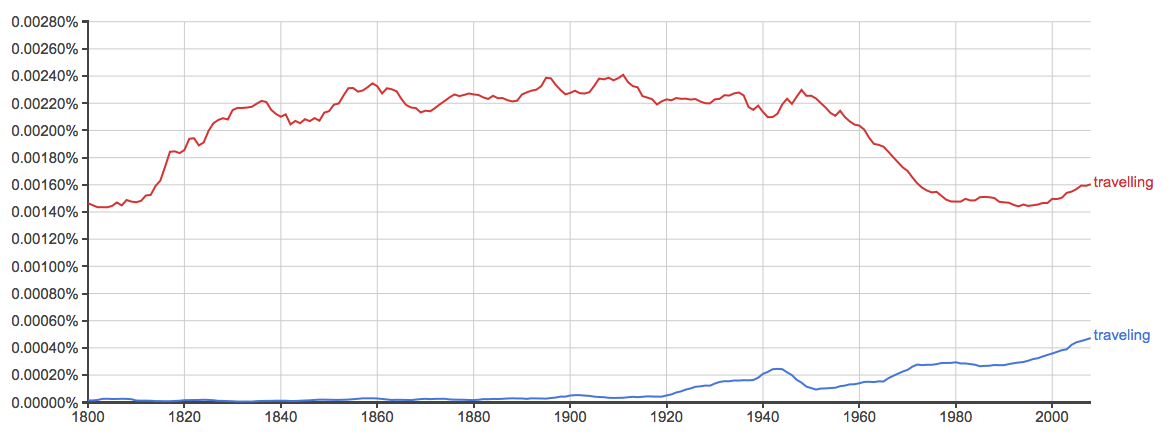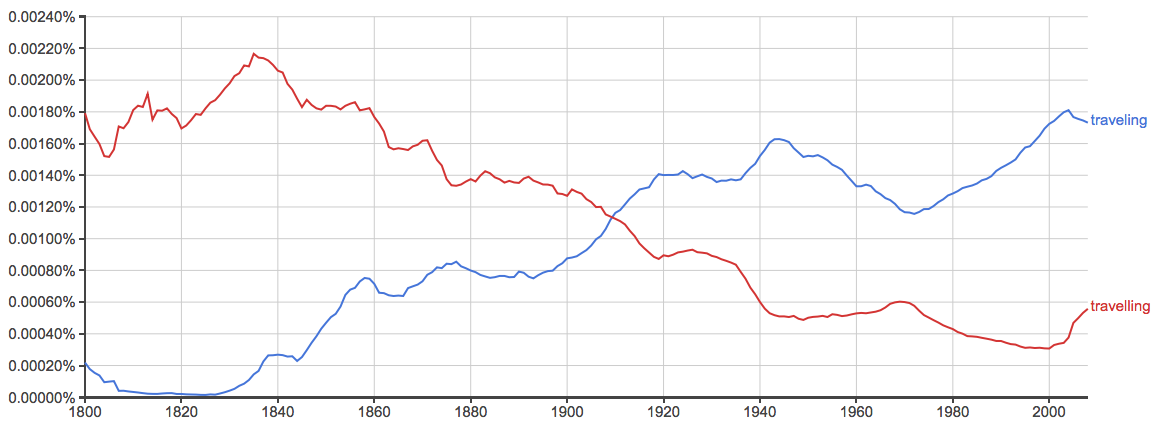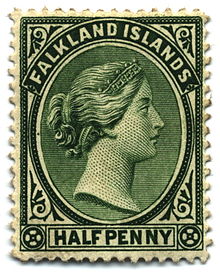shopping
Also found in: Thesaurus, Medical, Legal, Financial, Acronyms, Idioms, Encyclopedia, Wikipedia.
Related to shopping: Google Shopping
shop
(shŏp)
n.
1. also shoppe A small retail store or a specialty department in a large store.
2. An atelier; a studio.
3. A place for manufacturing or repairing goods or machinery.
4. A commercial or industrial establishment: a printing shop.
5. A business establishment; an office or a center of activity.
6. A home workshop.
7.
a. A schoolroom fitted with machinery and tools for instruction in industrial arts.
b. The industrial arts as a technical science or course of study.
v. shopped, shop·ping, shops
v.intr.
1. To visit stores in search of merchandise or bargains.
2. To look for something with the intention of acquiring it.
v.tr.
Phrasal Verb:
To visit or buy from (a particular store).
shop around
Idiom:
1. To go from store to store in search of merchandise or bargains.
2. To look for something, such as a better job.
3. To offer (a large block of common stock, for example) for sale to various parties: "[The company] is now activelybeing shopped around, with a prospectus in circulation" (Marianne Yen).
talk shop
To talk about one's work.
[Middle English shoppe, from Old English sceoppa, treasure house.]
American Heritage® Dictionary of the English Language, Fifth Edition. Copyright © 2016 by Houghton Mifflin Harcourt Publishing Company. Published by Houghton Mifflin Harcourt Publishing Company. All rights reserved.
shopping
(ˈʃɒpɪŋ)
n
1. a number or collection of articles purchased
2. the act or an instance of making purchases
Collins English Dictionary – Complete and Unabridged, 12th Edition 2014 © HarperCollins Publishers 1991, 1994, 1998, 2000, 2003, 2006, 2007, 2009, 2011, 2014
ThesaurusAntonymsRelated WordsSynonymsLegend:
Switch to new thesaurus
| Noun | 1. |  shopping - searching for or buying goods or services; "went shopping for a reliable plumber";"does her shopping at the mall rather than down town" shopping - searching for or buying goods or services; "went shopping for a reliable plumber";"does her shopping at the mall rather than down town"
buying, purchasing - the act of buying; "buying and selling fill their days"; "shrewdpurchasing requires considerable knowledge"
|
| 2. | shopping - the commodities purchased from stores; "she loaded her shopping into the car"women carrying homeshopping didn't give me a second glance" |
Based on WordNet 3.0, Farlex clipart collection. © 2003-2012 Princeton University, Farlex Inc.
shopping
noun purchases, buys, acquisitions We put the shopping away.
Collins Thesaurus of the English Language – Complete and Unabridged 2nd Edition. 2002 © HarperCollins Publishers 1995, 2002

 It was already too late; he knew they wouldn’t be travelling far. –
It was already too late; he knew they wouldn’t be travelling far. –










